If you feel or look at any hard bump that is covered by normal gum tissues at the roof of the mouth (palate) then you are having dental tori, which is also known as torus mandibularis. The growth of these tori is not dangerous and need not be removed until it causes complications with eating or speaking. Dental tori is a congenital condition (which can also be present at birth) or develop later in life. This blog post explains where these dental tori come from and how to treat them effectively.
What Are Mandibular Tori? (torus mandibularis)
The growth of harmless extra bones in the roof of the mouth, which is covered by normal gum tissues, is called mandibular tori. The development of these harmless and painless extra bones is also called dental tori. It does not need any treatments unless the growth of tori interferes with speaking or eating. Healthcare professionals call it using the term palatal tori or torus palatinus, as the development of tori happens at the palate (roof of the mouth).
These dental tori can grow in any number or at any place on the roof of the mouth. According to the Journal of Dental Science, there are three places where these dental tori most likely grow.
- Mandibular lingual tori: On the tongue side of the lower jaw, usually where the premolars and molars are located.
- Maxillary tori: these appear on the roof of the mouth
- Buccal exostoses: Also called buccal tori, these appear on the cheek side of the upper or lower jaw, usually in the premolar and molar areas.
What are the causes of Mandibular Tori?
The reason why dental tori develops in humans is still the concept that healthcare providers do not understand. But still some identifiable factors may cause Mandibular tori. They are,
- Genetic influences and Genetic predisposition: People with a family history of having mandibular tori are most likely to develop them.
- Teeth Grinding (Bruxism): If you are one having the habit of grinding or clenching the teeth. Then, you are likely to develop mandibular tori.
- Dietary Habits: A person who has a high intake of saltwater fish is likely to develop dental tori. Saltwater fish has high levels of vitamin D and polyunsaturated fats in it. These both help in bone growth.
- Trauma or Injury: Any physical trauma or injury to the roof of the mouth or jaw could cause dental tori.
- Age: People over the age of 30 are more likely to develop dental tori
- Chewing complex substances: If you are having the habit of chewing on hard foods then you are more likely to develop dental tori.
Symptoms of Mandibular tori or Torus Mandibularis
- Dental tori develops on both sides at the roof of the mouth and it may vary in size and number.
- Some are born with these dental tori.
- Difficulty in speaking.
- Difficulty in chewing and swallowing the food.
- Dental tori growth can cause trouble in fixing the dentures and mouthguards.
- Food particles may get stuck between the hard bumps, which may cause bad breath
- Overgrown dental tori can irritate gums. This irritation could even cause ulceration.
Complications of mandibular Tori
As the growth of dental tori is harmless and also non cancerous. It is not likely to be a condition that interferes with daily activity. The overgrowth of dental tori can cause some complications that disturb our daily activities. Which includes,
- Dental tori can disturb while speaking by interfering with the tongue.
- Poor oral hygiene can happen due to disturbance while brushing and flossing, which results in the buildup of plaque and causes poor oral hygiene.
- The food particles may get stuck in the dental tori, which may result in bad breath.
- Disturbance while swallowing the food due to overgrowth of dental tori.
Diagnosis of Mandibular Tori
Mandibular tori is diagnosed with visual examination, X-rays, or photos. In most of the cases, no tests are done for mandibular tori.
- A dentist may spot the dental tori during a regular dental visit.
- X-rays or used to absolutely locate the spot of the dental tori and check the visuals of nearby teeth.
- Photos are captured and documented to notice the size and location of the dental tori. It also helps the dentist to record the growth of dental tori by reporting it.
How are mandibular tori treated?
Mandibular tori do not need any treatment until they cause any complications or interfere with daily activities. In cases where the dentist prescribes to remove the dental tori. The mandibular tori is removed with the help of oral surgery procedures.
Mandibular Tori Removal Surgery
The maxillofacial surgeon performs the removal surgery. The surgeon will numb the gums with local anesthesia. They will then make a small incision in the gums, remove the tori and excess bone, and close the incision with stitches.
How long does it take to recover from mandibular torus treatment?
The recovery period after the surgery may be one to four weeks. It is best to follow the healthcare-provided lifestyle during the recovery period, like
- taking prescribed medicines
- avoiding the intake of hard, spicy, and crunchy Foods.
- Use of antibacterial mouthwash
- Prefer soft foods to hard foods
Takeaway
Mandibular tori is a harmless and painless condition that does not require any treatment until it causes any complications. If you have noticed the growth of dental tori, then you need to consult with a dentist to make sure the dentist monitors the development of the dental tori, and then the diagnosis is required or not will be prescribed by the dentist.
FAQs
Tori under the tongue, known as mandibular tori, are primarily caused by genetic predisposition and may develop due to chronic teeth grinding or jaw clenching. Other factors like trauma to the area and dietary habits can also contribute to their formation over time.
Torus palatinus is believed to be influenced by genetic factors and environmental conditions. It often develops on the midline of the hard palate and can be exacerbated by habits like teeth grinding or clenching. Age and certain dietary habits may also play a role in its formation.
Tori in the gums can be caused by several factors, including genetic predisposition, chronic teeth grinding, and physical trauma to the jaw. Additionally, dietary factors such as high consumption of fish and hard foods may contribute to their development over time.
Mandibular tori are generally not dangerous. They are benign growths that typically do not cause pain or health issues. However, if they grow large enough to interfere with chewing, speaking, or denture fitting, surgical removal may be considered to alleviate discomfort.
In dentistry, tori refers to benign bony growths in the mouth, known as torus (singular) or tori (plural). They can occur on the roof of the mouth (torus palatinus) or the inner surface of the jaw (mandibular tori), and are typically harmless unless they interfere with oral functions.
Tori in the mouth are primarily caused by genetic predisposition, with a family history increasing the likelihood of development. Other contributing factors include teeth grinding (bruxism), dietary habits (especially high fish consumption), trauma to the jaw, and age, particularly in individuals over 30.

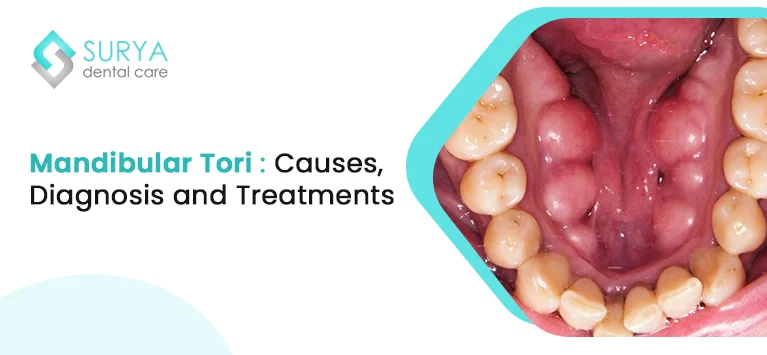




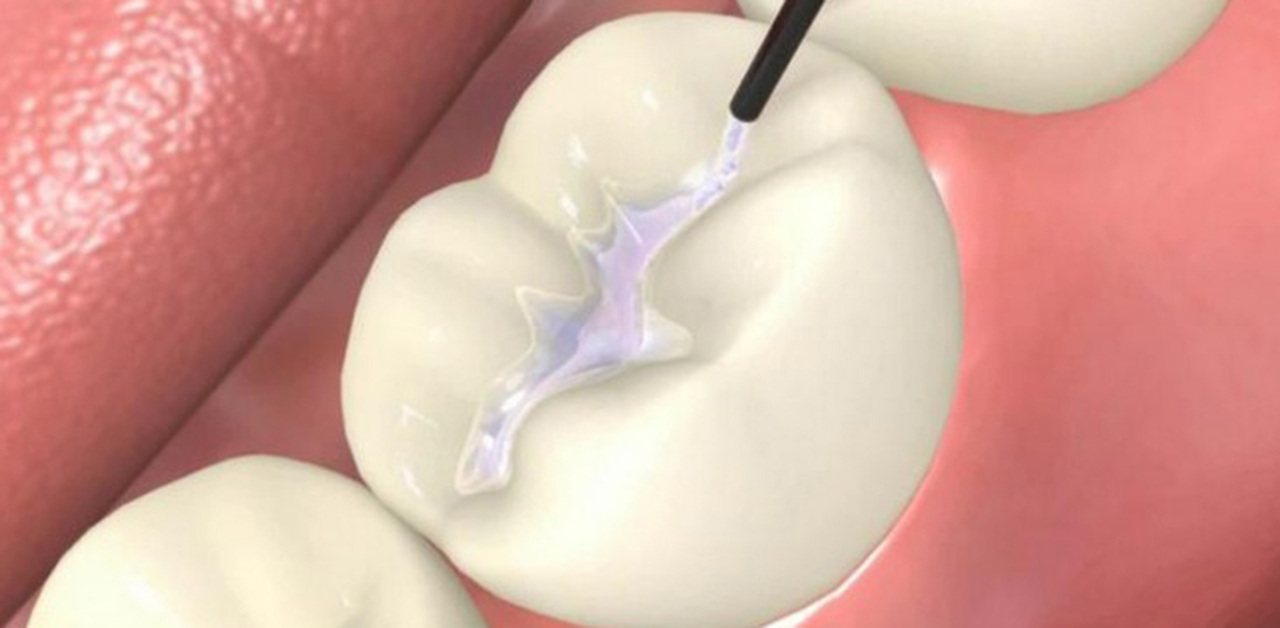

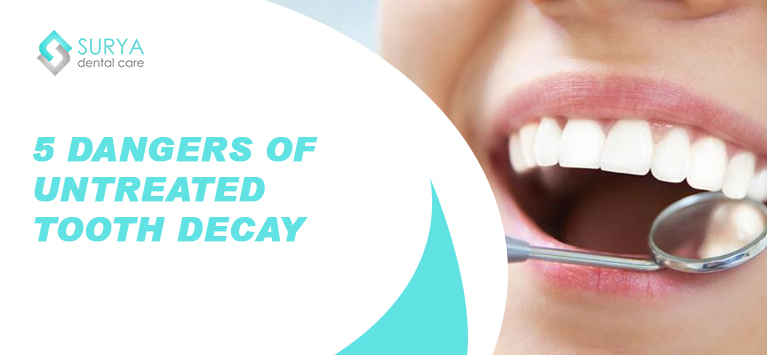

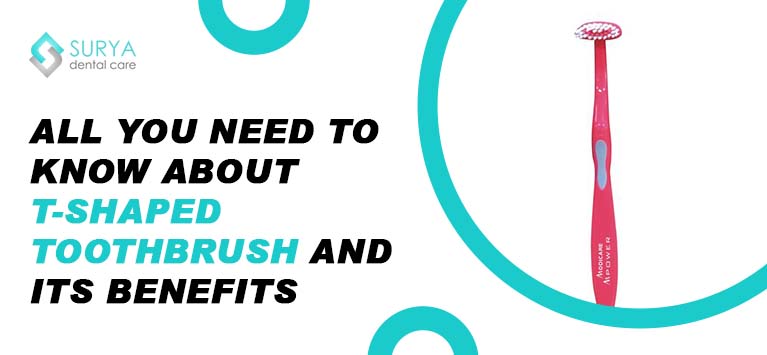
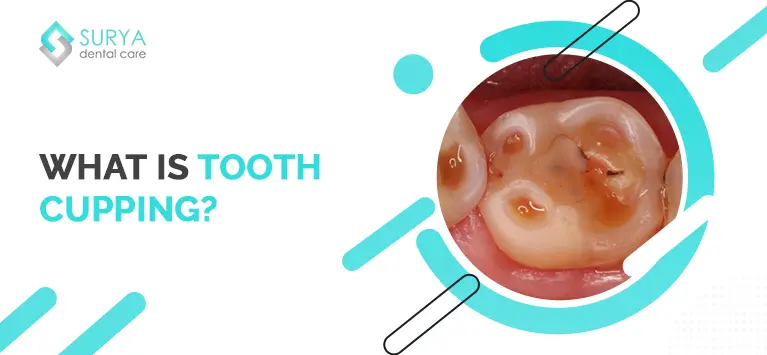
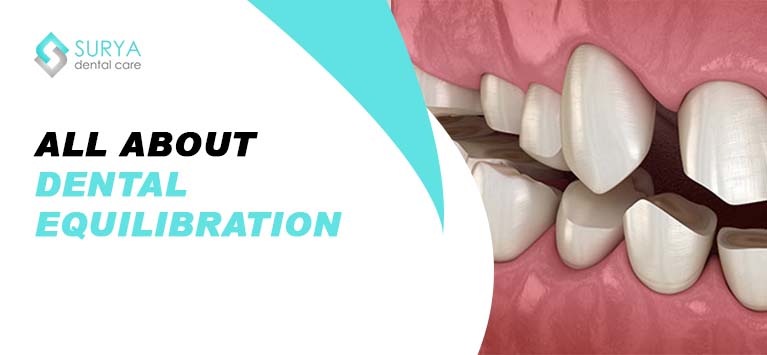



Leave a Comment